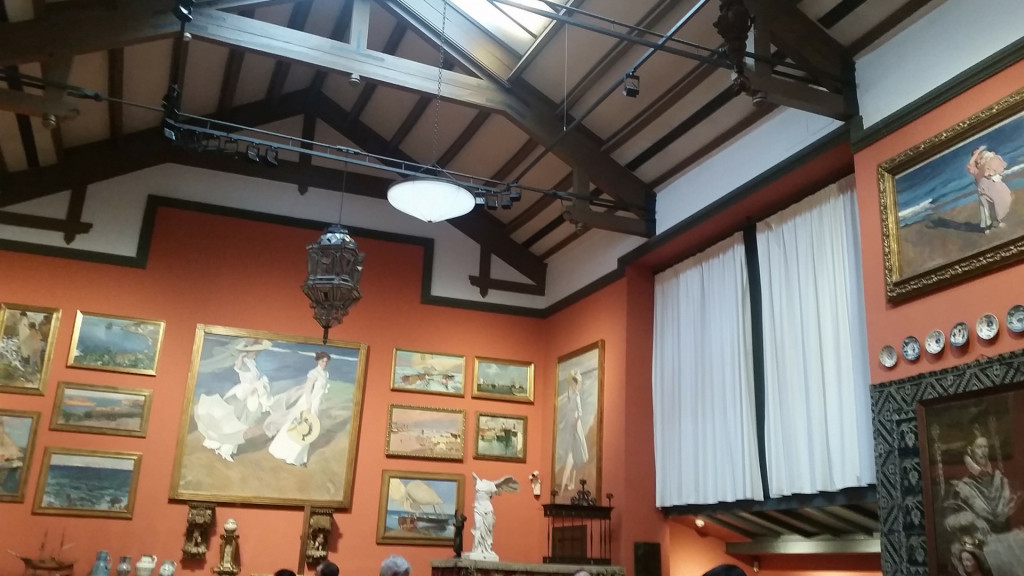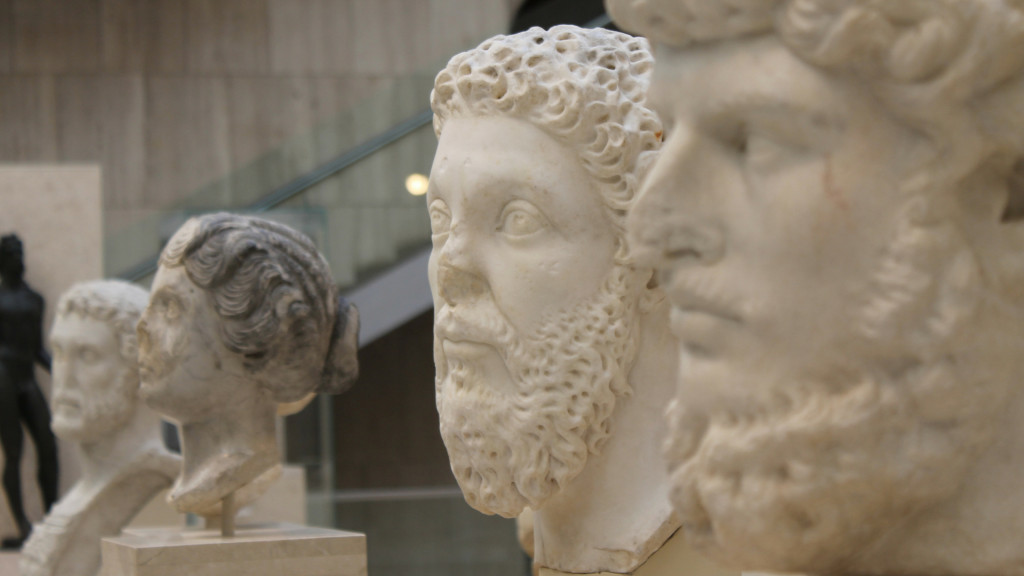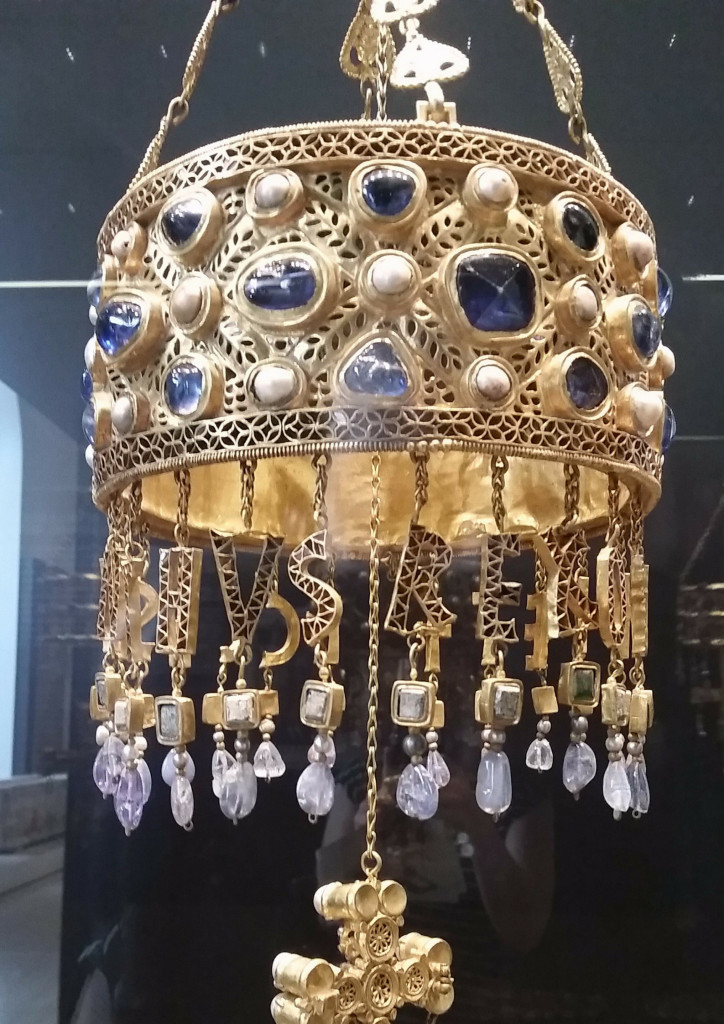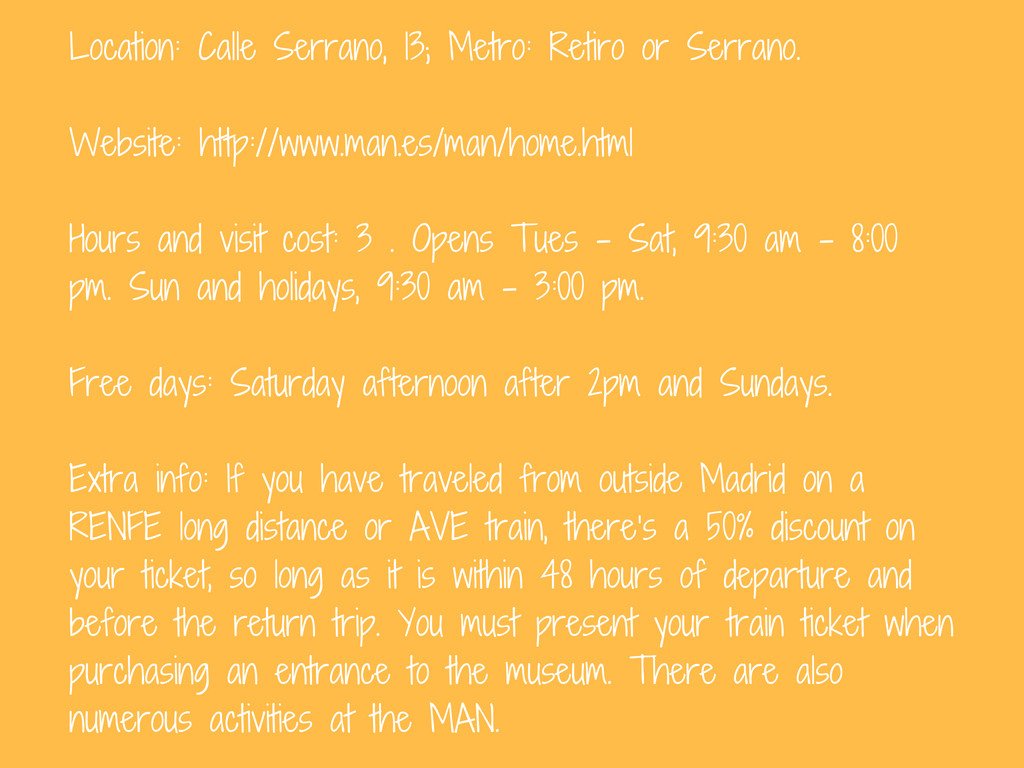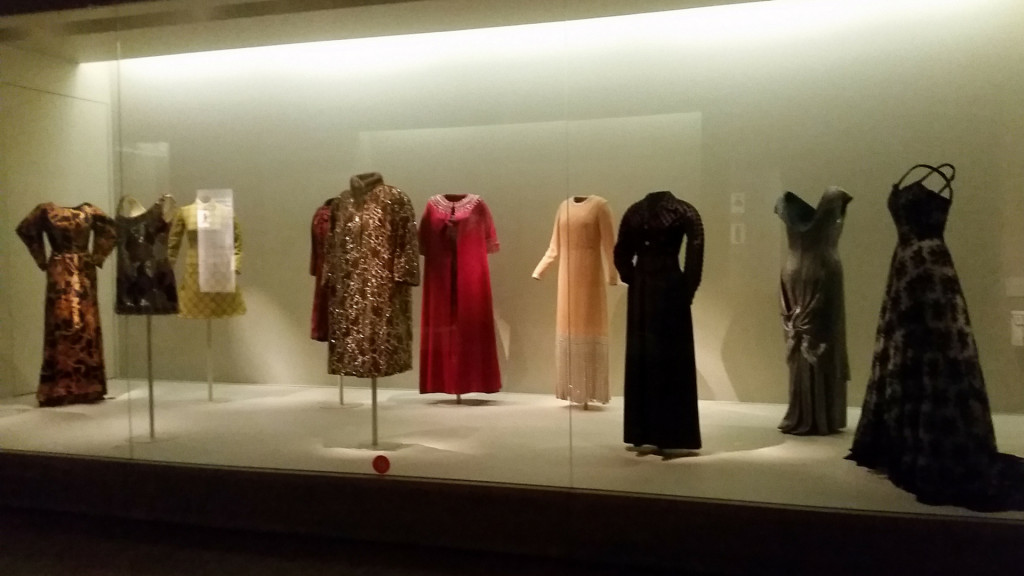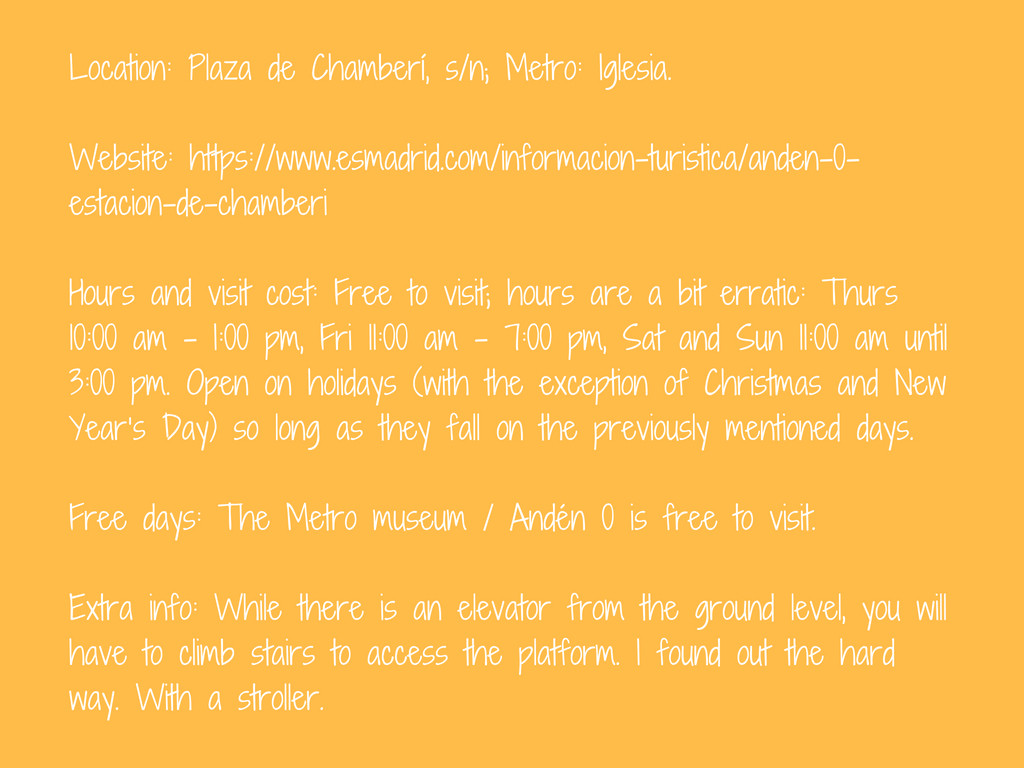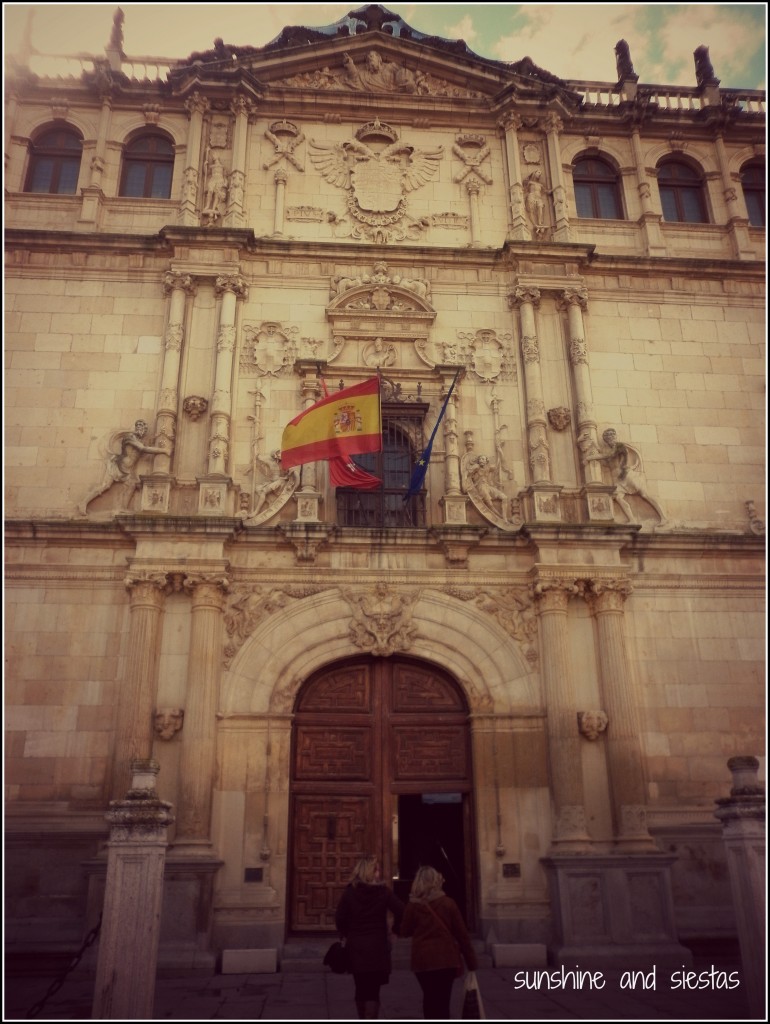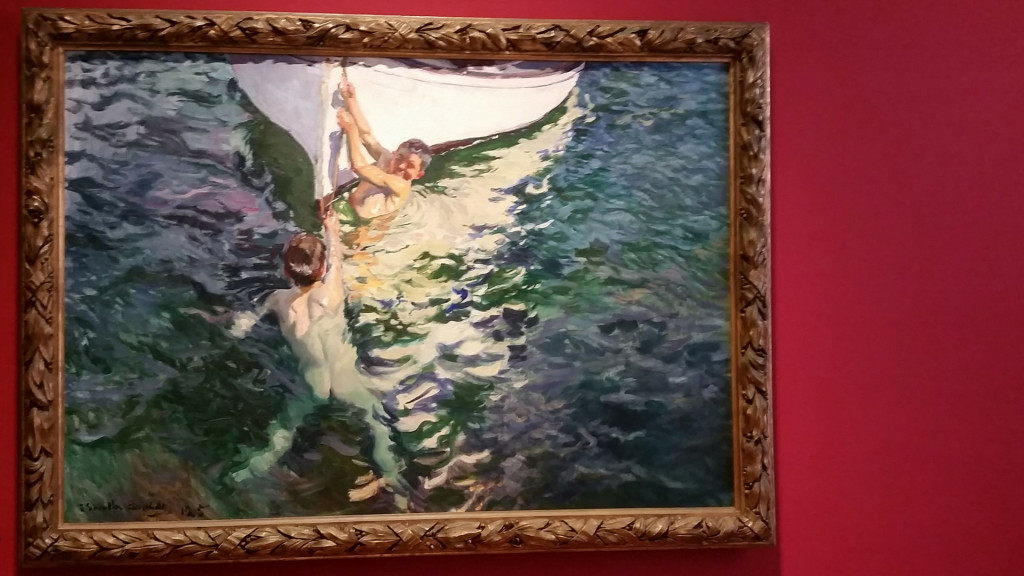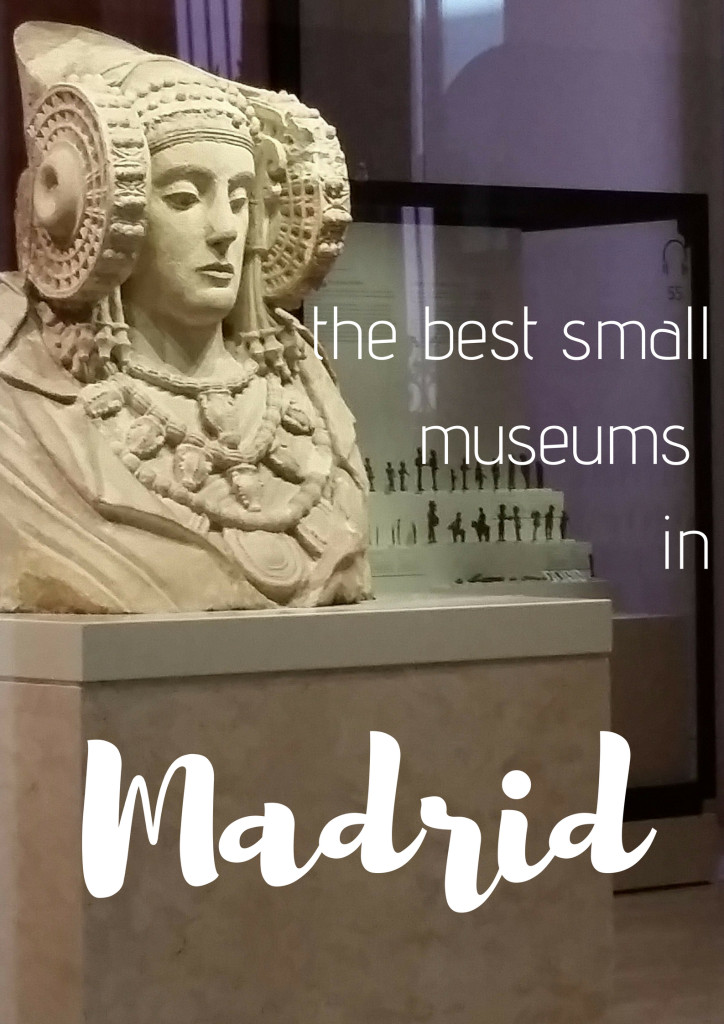Croatia. The beautiful Mediterranean country has become the new Greece, and rightfully so: Croatia is full of seaside towns, gorgeous scenery and historical sites.

Tourism in Croatia is anchored around Dubrovnik: the impact of the HBO show Game Of Thrones on Croatia’s surge in popularity is impossible to ignore. Famously depicting a vast fantasy world, the show uses Dubvronik for some of its most stunning and iconic sets, and, coupled with social media, it has led droves of tourists to flock to the capital and experience the fantasy in real life.
As the Adriatic nation climbs up the world tourism ranks, there’s still a great deal to see and do beyond Dubrovnik. My first solo trip was to Zadar and Split – a RyanAir roulette had me on a plane to the Istrian and Dalmatian coasts for five days. From the first bite of cevapi, I was keen to return to some of the natural and cultural highlights of a broader exploration of Croatia.
Hvar Town
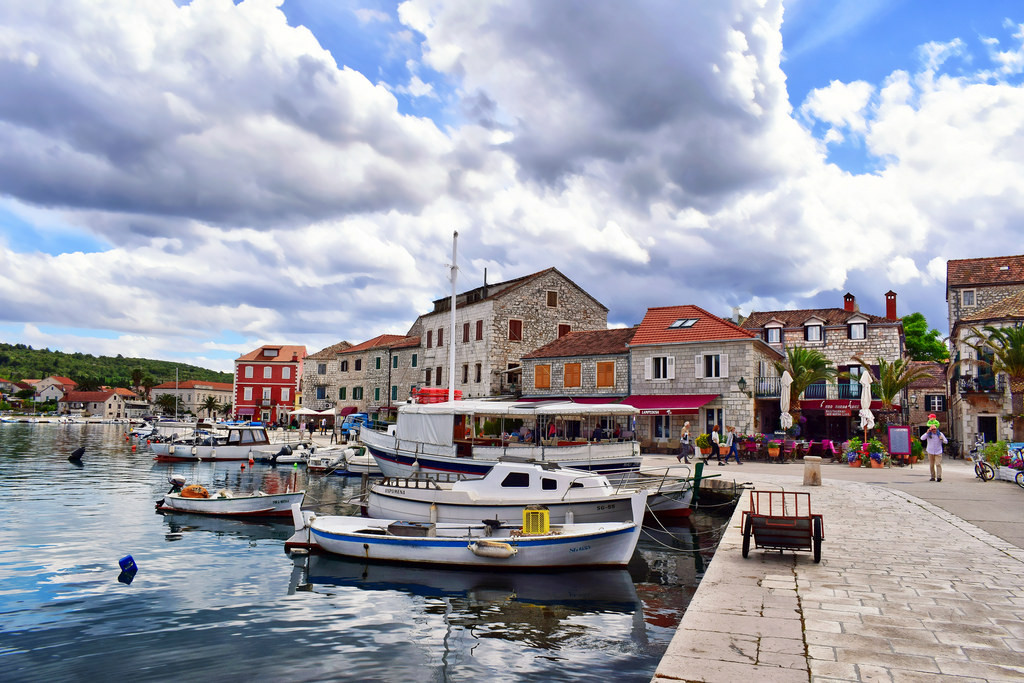
Hvar Island is not exactly off-the-beaten-path, given that it’s frequently mentioned as a top attraction in Croatia and located near the center of the country (Oh, and Lonely Planet named it “Best of the Best” in 2018, so go before it’s overrun with chain restaurants). From Split, it’s a quick ferry ride and my fondest memory of my night there were the cotton-candy pink sunsets over bobbing boats around an tucked-away bay.
The island boasts a beautiful seaside town where you can choose to soak up luxury or simply relax on the beach. The Old Town, designated as a UNESCO World Heritage Site, is crowned by an old fortress, red-tiled homes toppling down towards the bay.
Plitvice Lakes National Park

Croatia has a few national parks, and Plitvice Lakes National Park is the crown jewel (and has an argument as Croatia’s most stunning destination). Essentially an opportunity for some nature-based sightseeing, it’s a lush area with over 90 waterfalls and 16 different lakes arranged like terraces – all with walkways winding through and around them. It’s hard to believe the area is natural, but aside from the walkways and a bit of grooming and upkeep, it is!
The national park is located inland, close to the Bosnian border, is also a UNESCO World Heritage Site.
Pula Arena
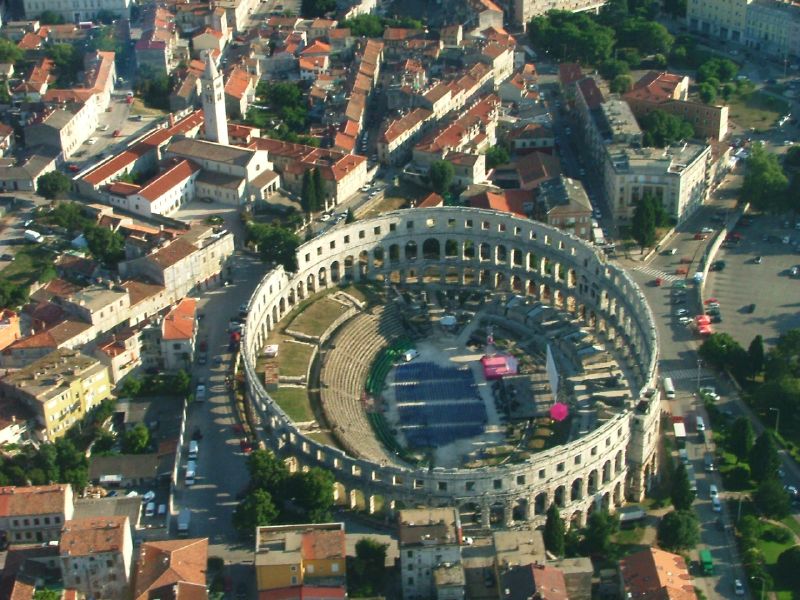
Pula Arena, a 200 year old ampitheatre, is modeled after the Colliseum in Rome and is Croatia’s oldest monument. Dalmatian and Roman history is deep-rooted (Hvar was once an important commercial and military town), and Pula was at the center of their empire.
Today the arena is used for cultural programming but, architecturally speaking, it is noted for its four intact towers that once held cisterns that could be used for heat control. Do you think they could do that at the Giralda?
Casino Mulino
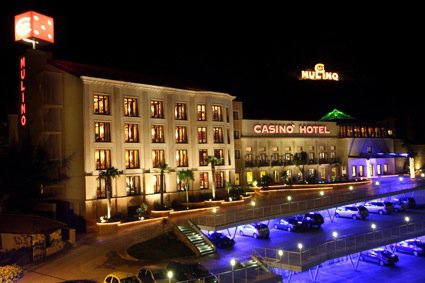
Romans weren’t the only people to settle in Croatia – Venetians made the Dalmatian coast part of their vast trading empire. When I spent time in Dubrovnik, it almost felt like I was in Italy – the cuisine and lifestyle echoed la dolce vita. In fact, the first known European casino was founded in the first half of the 17th Century in Venice, and many Croatian islands soon became known for scenery, beaches, and gambling.
Casino Hotel Mulino on Istria was recently hailed as one of the top casinos in the world to visit in 2018. This one has a classy European feel to it, and actually makes for a nice change of pace from more supercharged nightlife.
Diocletian’s Palace in Split
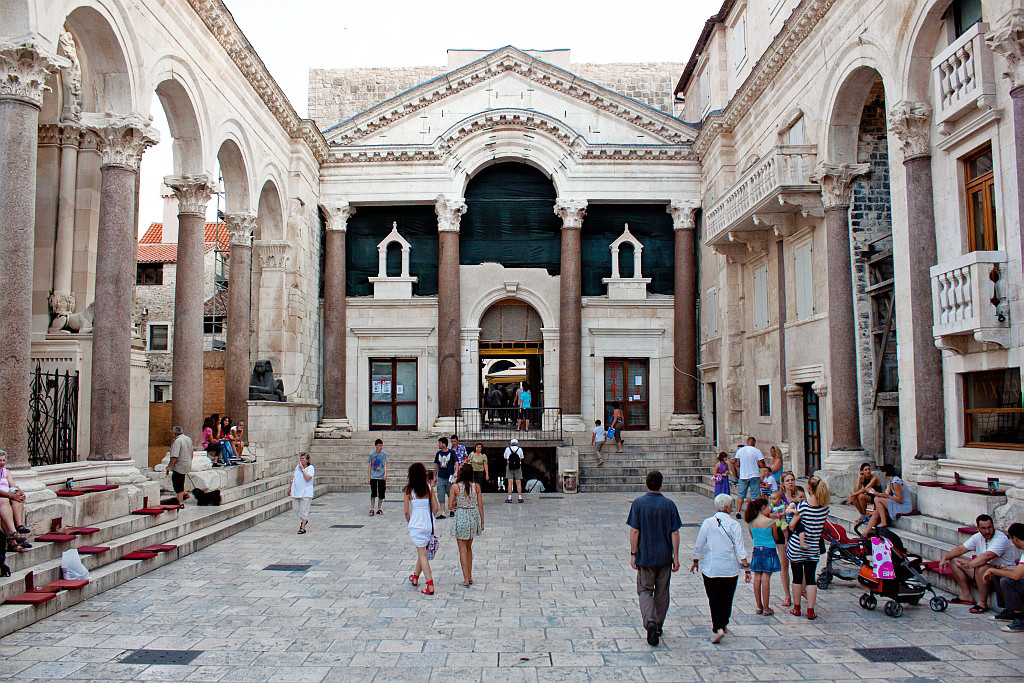
Another Roman relic dating back somewhere in the neighborhood of 2,000 years. This largely outdoor museum is believed to have been his vacation home in the beautiful area that is now the thriving coastal city of Split. It’s a fascinating historical landmark to explore and, like Pula Amphitheatre, is in surprisingly good shape.
Split itself merits time – as Croatia’s second largest city, it has traces of Venetian, Roman and Ottoman rule in its architecture and local culture and has brought up literary and artistic giants. The entire historic center is – you guessed it – a UNESCO World Heritage Site.
Mljet

Mljet is another Dalmatian island (in fact, the country has more than 1000 islands!), but one to keep on your radar if you’re looking to get away from the major destinations, or even civilization to some extent. That’s not to say it’s by any means untouched, but it’s an island full of forests and protected national park land, and with an intriguing connection to myth and history as a rumored favorite of the legendary hero Odysseus. In fact, you can even hike to a cave associated with this mammoth figure of lore! Your high school English teacher would be proud.
When should I visit Croatia?
You can get to Dubrovnik – as well as a number of other Croatian destinations – through budget airlines in Europe, and ferries operate from Italy and Greece.
Because of the surge in visitors, most would suggest shoulder season (May-June and Sept-Oct). My first visit was in early June, and I found half-empty ferries, cheap hostel beds and a lovely young Couchsurfing host who wasn’t yet jaded from all of the tourism.

If you’re in Dubrovnik, considering a pop down to Kotor, Montenegro. Europe’s youngest country is yet to be bombarded with tourists and is a budget alternative. Hayley and I did a road trip after getting our newly-minted EU licenses!
Have you ever been to Croatia, especially inland Croatia? I’d love to hear your tips!

